Growth in Construction Activities
The pneumatic components market is significantly influenced by the growth in construction activities across the US. With the construction sector projected to expand at a CAGR of around 5% through 2025, the demand for pneumatic tools and systems is expected to rise correspondingly. Pneumatic components are widely utilized in construction for tasks such as powering tools, material handling, and site management. The increasing investment in infrastructure projects, including roads, bridges, and commercial buildings, is likely to drive the demand for pneumatic systems. Furthermore, the trend towards prefabrication in construction is also contributing to the growth of the pneumatic components market, as these systems are essential for efficient assembly processes. As construction activities continue to flourish, the pneumatic components market is poised for substantial growth.
Expansion of the Automotive Sector
The pneumatic components market is benefiting from the expansion of the automotive sector in the US. With the automotive industry projected to grow at a CAGR of approximately 4% through 2025, the demand for pneumatic systems is expected to increase significantly. Pneumatic components are essential in various automotive applications, including assembly lines, painting, and material handling. The shift towards electric vehicles (EVs) is also creating new opportunities for pneumatic technologies, as manufacturers seek efficient solutions for production processes. Additionally, the trend towards automation in automotive manufacturing is likely to further drive the demand for pneumatic components, as these systems are integral to modern production lines. As the automotive sector continues to evolve, the pneumatic components market is positioned for robust growth.
Rising Automation in Manufacturing
The pneumatic components market is experiencing a notable surge due to the increasing automation in manufacturing processes across various industries. As companies strive for enhanced efficiency and productivity, the demand for pneumatic systems, which offer reliable and cost-effective solutions, is on the rise. In 2025, the market for automation technologies is projected to reach approximately $200 billion in the US, with pneumatic components playing a crucial role in this transformation. These components are integral to automated machinery, providing essential functions such as actuation and control. The trend towards smart manufacturing further amplifies the need for advanced pneumatic systems, as they are essential for the seamless integration of robotics and IoT technologies. Consequently, this driver is likely to propel the growth of the pneumatic components market, as manufacturers increasingly adopt these technologies to remain competitive.
Increased Focus on Safety Standards
The pneumatic components market is influenced by the increased focus on safety standards within industrial environments. As companies prioritize worker safety and compliance with regulations, the demand for reliable and safe pneumatic systems is on the rise. The implementation of stringent safety protocols necessitates the use of high-quality pneumatic components that can withstand rigorous operational demands. In 2025, the market for safety equipment in industrial settings is expected to reach $15 billion in the US, highlighting the importance of safety in driving market growth. Furthermore, advancements in technology are enabling the development of pneumatic systems equipped with safety features, such as pressure relief valves and automatic shut-off mechanisms. This emphasis on safety is likely to enhance the pneumatic components market, as businesses invest in systems that ensure both operational efficiency and worker protection.
Emergence of Energy-Efficient Solutions
The pneumatic components market is witnessing a shift towards energy-efficient solutions, driven by the need for sustainable practices in industrial operations. Companies are increasingly seeking pneumatic systems that minimize energy consumption while maintaining performance. This trend is reflected in the growing demand for energy-efficient pneumatic actuators and compressors, which can reduce operational costs by up to 30%. As industries face pressure to lower their carbon footprints, the adoption of energy-efficient pneumatic components is likely to accelerate. The market is responding to this demand by innovating and developing products that not only enhance efficiency but also comply with environmental regulations. This focus on sustainability is expected to bolster the pneumatic components market, as businesses prioritize eco-friendly solutions in their operations.


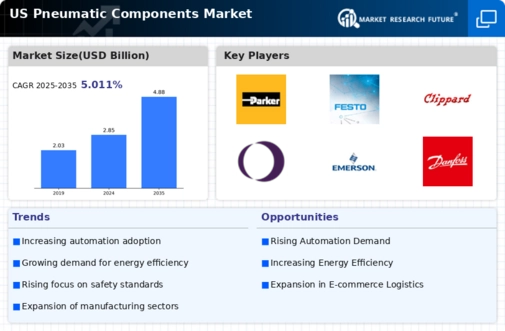
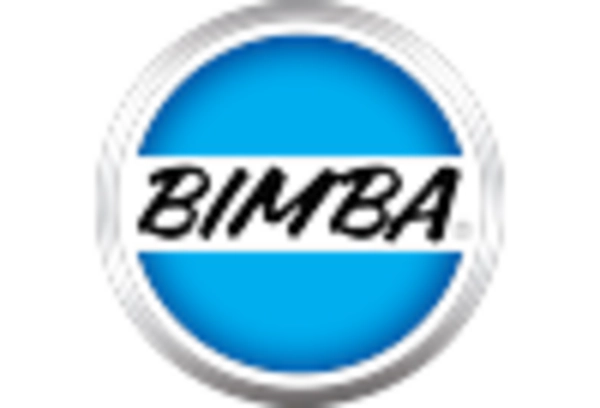

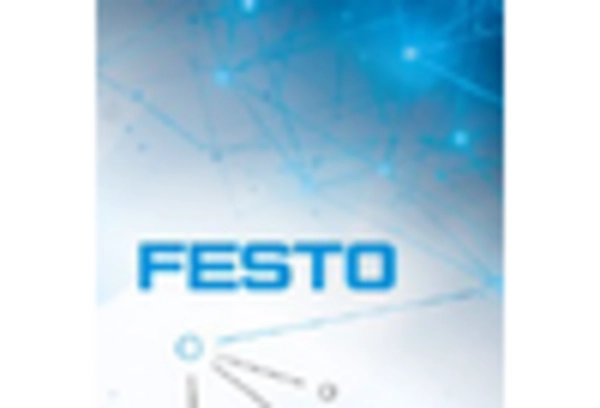

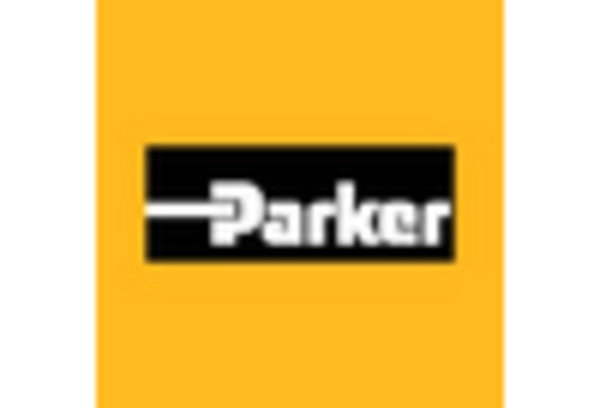
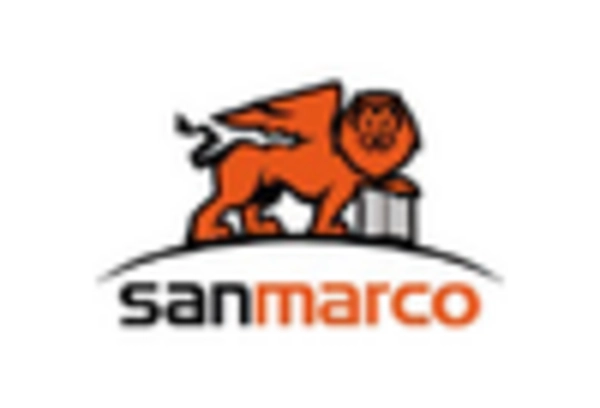








Leave a Comment